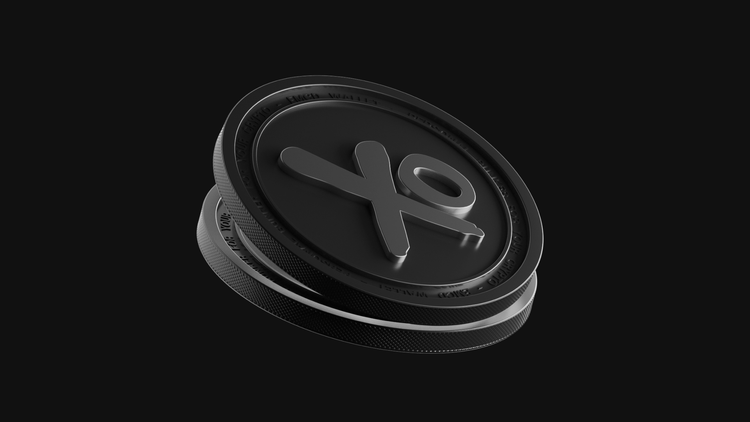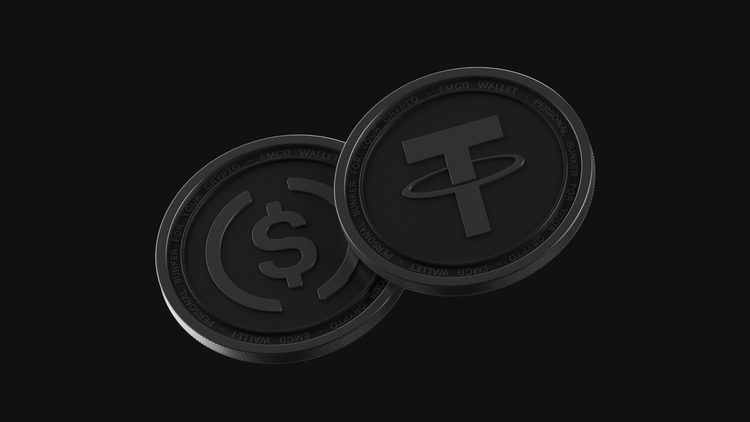Comparison of Popular Crypto Indices: Bitwise 10, Crypto20, CCI30 and Others

Crypto index funds let investors track the wider digital-asset market without selecting every coin manually. They bundle multiple assets, apply transparent rules, and rebalance on a schedule. The most popular crypto benchmarks include Bitwise, Crypto20, and CCI30. Below is a clear explanation of how these indices work, how they differ, and how investors can evaluate them through fair comparison.
How crypto indices are built and why that matters
Most crypto indices start with a universe of exchange-listed assets, filter by liquidity and free float, then apply weighting rules. The two most common approaches are market-cap weighting and equal weighting. Market-cap methods lean toward the largest coins, which typically reduces tracking error and trading costs. Equal-weight methods give smaller assets more influence, which can lift returns in bull markets but also adds volatility. Data quality is critical, so reputable providers rely on verified exchange feeds such as Coinbase and publish clear methodologies similar to those used by Grayscale.
Rebalancing frequency also matters. Monthly schedules keep turnover modest. Weekly schedules respond faster to market shifts. Screens that exclude suspended or illiquid assets protect an index from stale prices. These mechanics explain much of long-term performance, so understanding them is more useful than chasing last month’s winner.
Bitwise 10 explained
Bitwise 10 tracks the ten largest crypto assets after liquidity adjustments. Prices are aggregated from vetted venues, outliers are removed, and constituents are rebalanced monthly. The index has an investable counterpart, BITW, which trades on OTCQX and uses institutional custody with public reporting. If a reader ever wonders what is bitwise 10 crypto index, the short answer is that it is a rules-based, large-cap benchmark that favors transparency, verified data, and repeatable selection.
Within the EMCD ecosystem, similar principles appear in EMCD Wallet and Coinhold. Wallet focuses on secure, AML-screened storage with 2FA. Coinhold provides daily rewards on supported assets with clear terms and non-custodial structures for the user. While these are not index funds, they reflect the same idea of structured, rule-driven management rather than speculation.
Bitwise and Crypto20 follow different philosophies
Investors often ask how the two leading investable approaches differ. A balanced way to describe bitwise 10 vs crypto20 is to see them as two paths to the same goal. Bitwise uses market-cap weights and institutional custody, while Crypto20 tokenizes exposure through an ERC-20, holds twenty assets, uses capped equal weights, and rebalances weekly by smart contract. The first prioritizes governance and auditability. The second prioritizes on-chain access and lower fees.
Snapshot of construction choices
| Dimension | Bitwise 10 | Crypto20 |
| Number of assets | 10 large caps | 20 large caps |
| Weighting rule | Market-cap weighted | Capped equal weight |
| Rebalance | Monthly | Weekly automated |
| Access | Public fund shares | On-chain token |
| Typical fee level | Higher due to custody | Lower due to automation |
These design choices create distinct risk and cost profiles. Market-cap weighting usually tracks the broader market with lower turnover. Equal weighting increases exposure to mid-caps, which can boost upside in rallies and amplify drawdowns in corrections. Investors who invest for the long term should understand these trade-offs before choosing between them.
What broader coverage changes in outcomes
A frequent analytical question is how twenty names compare to thirty. Looking at crypto20 vs cci30 performance clarifies the trade-off. CCI30 adds another tier of assets, which can shine in speculative phases and fall harder in risk-off phases. Results vary by cycle, yet the direction is consistent across sources.
Illustrative multi-cycle view
| Calendar year | Bitwise 10 | Crypto20 | CCI30 |
| 2018 | −73% | −76% | −80% |
| 2021 | +1050% | +1200% | +1350% |
| 2022 | −64% | −66% | −70% |
| 2024 | +130% | +140% | +155% |
Numbers differ by dataset, but the pattern holds. The more constituents and the more weight given to smaller caps, the higher the beta. That is not automatically better. It is a matter of matching goals, tolerance, and time horizon. Every investor who chooses to invest through indices needs to decide whether higher potential performance justifies higher volatility.
Fees, custody, and data integrity
Cost is a major driver of net results. On-chain automation can reduce management costs, while institutional custody with audits tends to be pricier. Either way, investors benefit when the provider publishes a clear pricing schedule, a complete methodology, and the list of exchanges used for pricing. Using high-quality sources such as Coinbase helps minimize manipulation and provides a consistent base for fair value calculations. Benchmark families like Grayscale have helped formalize transparency norms in this sector.
Which index product fits which need
No single index suits everyone. Some investors prioritize board oversight and reporting. Others want tokenized access and lower operating costs. The right choice depends on portfolio objectives, liquidity needs, and regulatory comfort.
With EMCD products, the same reasoning applies. Users who want secure storage use EMCD Wallet. Users seeking a rules-based earning tool choose Coinhold, which pays daily rewards within a non-custodial setup and clear disclosures. Neither replaces an index, but both help organize a crypto portfolio around structure and trust.
A simple framework for product selection
A good comparison starts with five questions.
- Objectives: broad market capture or mid-cap tilt
- Construction: market-cap or equal weight, plus any caps or filters
- Rebalancing: monthly for lower turnover, weekly for faster response
- Access: fund shares with institutional safekeeping, or token with smart-contract controls
- Total cost: management fee, spreads, and conversion costs
Answering these sequentially narrows the field quickly. It also encourages rational decisions instead of emotion-driven trades that many retail investors fall into when they try to invest on hype.
Practical examples
- A retiree who values oversight and tax reporting may prefer a regulated large-cap benchmark with custodial safekeeping
- A crypto-native trader may accept higher volatility in exchange for lower fees and tokenized access
- An analyst tracking sector breadth will use a thirty-asset research index, even if it is not investable
Each profile has its own rational preference. The point is alignment, not imitation.
One-sentence answers to common queries
- The quickest way to compare crypto index funds is by examining their weighting, rebalancing, custody, and cost structures, then selecting the one that matches risk tolerance and time horizon
- The phrase best crypto index fund does not describe a universal winner. The right product depends on which construction fits an investor’s own plan
Closing thoughts
Crypto indices turn a complex market into rule-based baskets. Bitwise 10 provides a large-cap core with institutional oversight. Crypto20 delivers an automated on-chain model with equal weighting across twenty names. CCI30 broadens coverage for those who want higher beta. Each design is a deliberate choice, not a ranking of good vs bad.
EMCD focuses on giving users transparent, secure tools for structured asset management. EMCD Wallet ensures protected storage with compliance checks. Coinhold adds a daily-reward plan that aligns with real-market yields. Used together with the right index exposure, these tools help convert a list of coins into a disciplined investment strategy.




